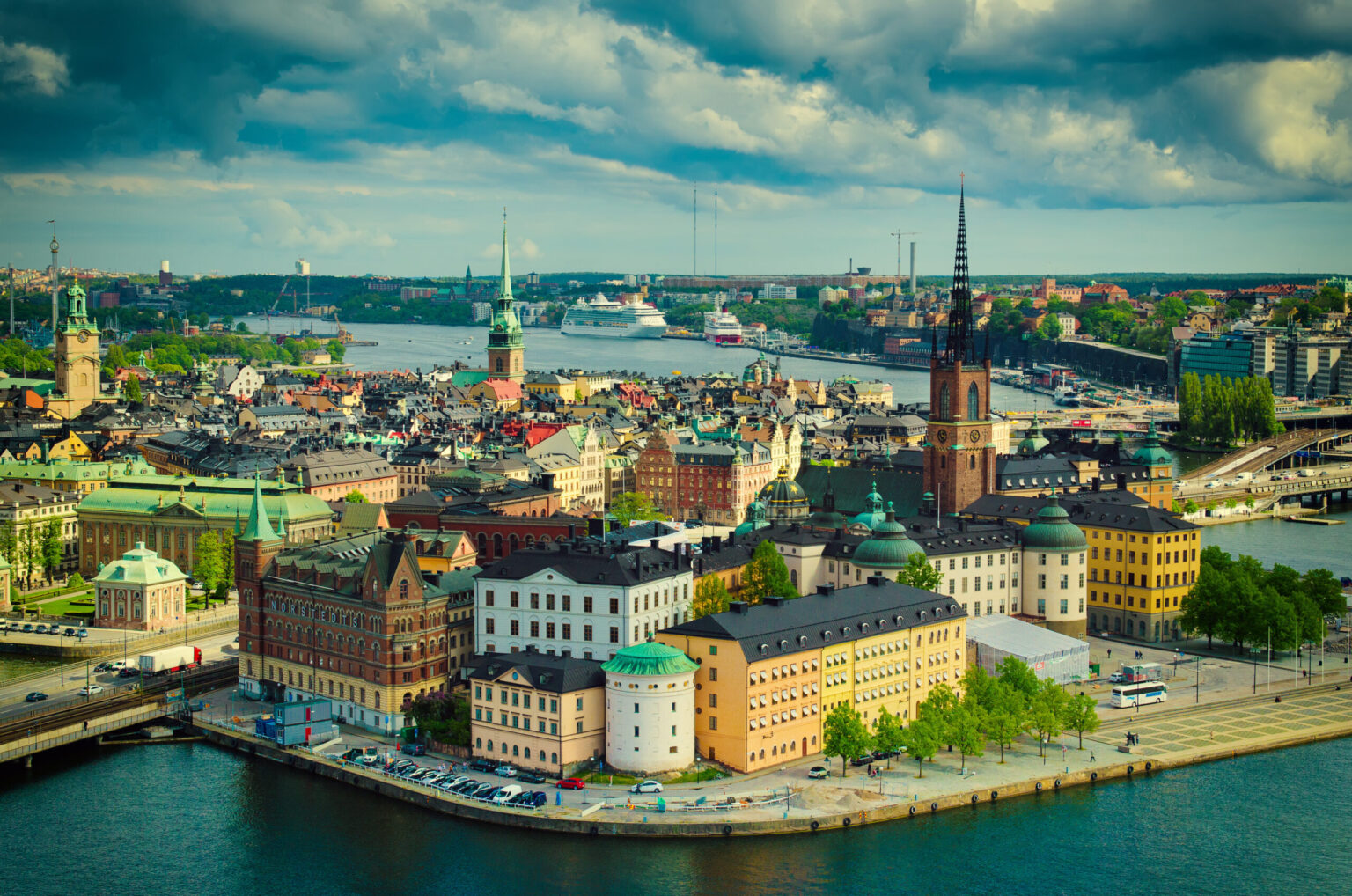
Sweden has emerged as a standout example in Europe, proving that substantial economic growth and significant reductions in greenhouse gas emissions can go hand-in-hand.
Since 1990, the Scandinavian nation has achieved an impressive 80% reduction in net greenhouse gas emissions while simultaneously doubling the size of its economy.
This accomplishment is particularly notable given Sweden’s industrial base, which includes high-emission sectors such as steel, cement, and automotive manufacturing.
70% of Sweden’s electricity is derived from renewable sources
Sweden’s success can be largely attributed to its early and sustained investments in renewable energy.
By capitalizing on its abundant natural resources—forests, wind, and waterways—Sweden has transitioned to a clean energy model that is both efficient and sustainable.
Today, approximately 70% of Sweden’s electricity is derived from renewable sources like hydropower and wind, with the remainder supplied by nuclear power. This shift has nearly eliminated greenhouse gas emissions from electricity production.
Sweden’s commitment to renewable energy began in earnest during the 1970s oil crisis, a period that saw many countries searching for alternative energy sources.
Sweden took proactive steps by expanding its hydropower capabilities and investing in nuclear energy, reducing its reliance on fossil fuels and setting a precedent for other nations.
District heating system
Another crucial element of Sweden’s emission reduction strategy has been its approach to heat production.
The country invested early in district heating systems, which are far more efficient than individual heating units.
District heating involves centralizing the production of heat, which is then distributed to homes and industrial areas via a network of insulated pipes.
Historically, Sweden relied on fossil fuels like oil and coal for heating.
However, since the 1990s, the country has shifted towards biofuels and waste incineration.
Today, 97% of Sweden’s heating is generated from renewable sources, contributing to a 70% reduction in emissions from electricity and heating over the past three decades.
World’s first carbon taxes
Sweden’s environmental achievements are supported by strong climate policies.
The country introduced one of the world’s first carbon taxes in the 1990s, imposing charges on carbon dioxide emissions for both individuals and businesses.
This policy has led to a 6% annual reduction in emissions from transport and has accelerated the adoption of renewable energy across various sectors.
The carbon tax has garnered broad political support, with seven out of eight major political parties in 2017 agreeing on a target to achieve net zero emissions by 2045.
This consensus has provided businesses and citizens with the confidence to invest in green technologies.
Despite its successes, Sweden has encountered challenges, particularly in the transport sector.
The energy crisis following Russia’s invasion of Ukraine led the Swedish government to temporarily reduce petrol and diesel taxes by 25%, resulting in a 5 million tonne increase in annual carbon dioxide emissions from transport.
However, these measures are intended to be temporary, and Sweden remains committed to its long-term climate goals, including a 70% reduction in transport emissions by 2030.
Sweden’s experience offers valuable insights
Sweden’s experience offers valuable insights for other countries striving to balance economic growth with environmental sustainability.
The nation’s success underscores the importance of strategic investments in infrastructure, such as district heating systems, and the implementation of strong climate policies.
Sweden’s approach demonstrates that it is possible to decarbonize an economy while continuing to grow, provided there is a clear commitment to sustainable practices and collaborative efforts across government, industry, and local authorities.
Energy experts emphasize that countries must leverage their unique strengths to achieve significant impacts on emissions.
For Sweden, harnessing its natural resources and investing in clean energy and infrastructure has been key to its environmental and economic accomplishments.
The post Sweden leads Europe in cutting emissions while boosting economic output: Here’s how appeared first on Invezz
https://invezz.com/news/2024/08/13/sweden-leads-europe-in-cutting-emissions-while-boosting-economic-output-heres-how/


